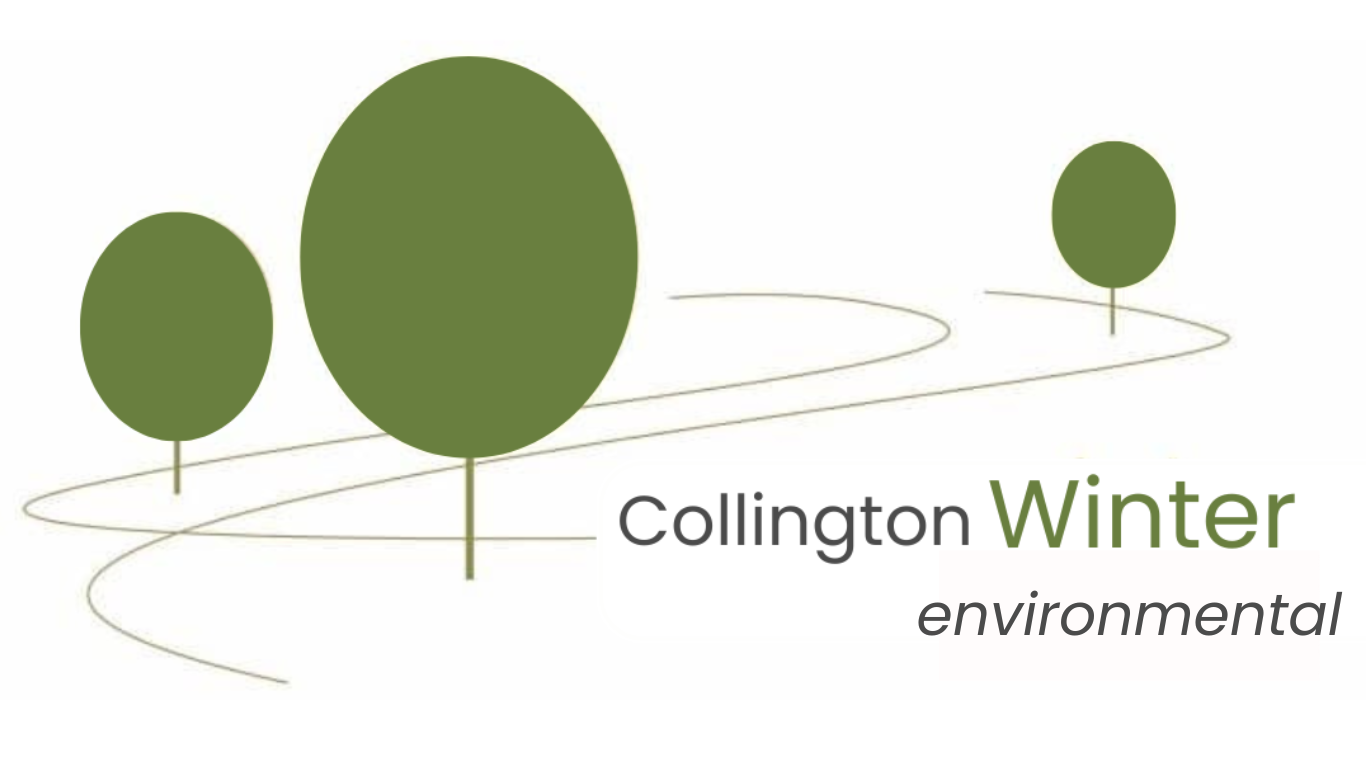Biodiversity Net Gain to Influence Landscape Design
Biodiversity net gain is a relatively new policy. It is an approach for development that leaves biodiversity in a better state for wildlife.
Previously, planning policy has influenced UK construction and developments to achieve “no net loss” for biodiversity. However, over the years, biodiversity has declined in the UK, and as such, an initiative has been launched to leave nature in a measurably better state. Overall, there has been a positive response to the consultation from developers, ecological consultants, and landscape professionals.
The new policy was first announced in the Spring Statement in 2019. It will require local planning authorities to request a calculation of the site’s biodiversity units using the biodiversity metric (Defra 2.0 Metric).
This calculation will be required prior to planning permission being granted (or as a condition of planning permission). It will therefore ensure the development plans have the ability to achieve a net gain for biodiversity. Current biodiversity net gain requirements indicate a gain of 10% or more will be required.
To achieve environmental net gain, the metric looks at the pre-development baseline value of the site, and the value that any development will achieve. This includes post development habitat creation and habitat enhancements.
Typically, residential schemes will include areas of Public Open Space, and landscaping provisions, which can provide some gains for nature. Different habitat types have different “value” for nature conservation as dictated by the metric. As such, landscaping proposals can often be an iterative process to achieve a design that meets objectives set out in the National Planning Policy Frameworks (NPPF). Landscaping proposals should also be designed to effectively meet the biodiversity net gain principles.
For other schemes we work on, such as private estates and historic landscape, “development” does not take place to replace habitats. Quite often, we are able to restore historic landscapes, and increase the value of landscaped areas.
For the biodiversity net gain requirements to be met for a scheme, the measures by which the habitat creation or enhancement is to be undertaken must be secured. This is usually provided through a Habitat Management and Enhancement Plan which is required at the planning stage.
This report details how new habitats are to be created, including suitable seed mixes and planting plans. In addition, details of how habitats are to be managed in the long term are required. Best practice principles for biodiversity net gain indicate that the habitats should be managed for a minimum of 30 years post development.
Our specialty is long term habitat management. We have always worked closely with ecological consultants to ensure any landscape recommendations have an overall benefit to nature conservation. We always promote the use of species rich, native planting, which is pest free, and of local provenance to provide further benefits.
As Landscape Architects, our objective is to support clients in Landscape Planning, Landscape Design and Landscape Management for a variety of schemes. We are uniquely placed to offer holistic advice on how to achieve biodiversity net gain requirements on a range of schemes.
Please get in touch if you would like further information about Biodiversity Net Gain or Landscape Management Plans. We are happy to offer free CPD sessions on the Biodiversity Net Gain Principles and how we can help your schemes achieve this.
If you would like to find out more about the services we provide, feel free to contact us using the details below.
Contact Us
Registered Address
23 Bark Street East, 1st Floor, Bolton, BL1 2BQ
Cambridge Office
Future Business Centre, Cambridge Campus, Kings Hedges Road, Cambridge, CB4 2HY
Leicester Office
Rutland House, 23-25 Friar Lane, Leicester, LE1 5QQ
Bristol Office
Newminster House, 27-29 Baldwin Street, Bristol, BS1 1LT
Telephone
Head Office: 01204 939 608
Dumfries Office: 01387 378208
